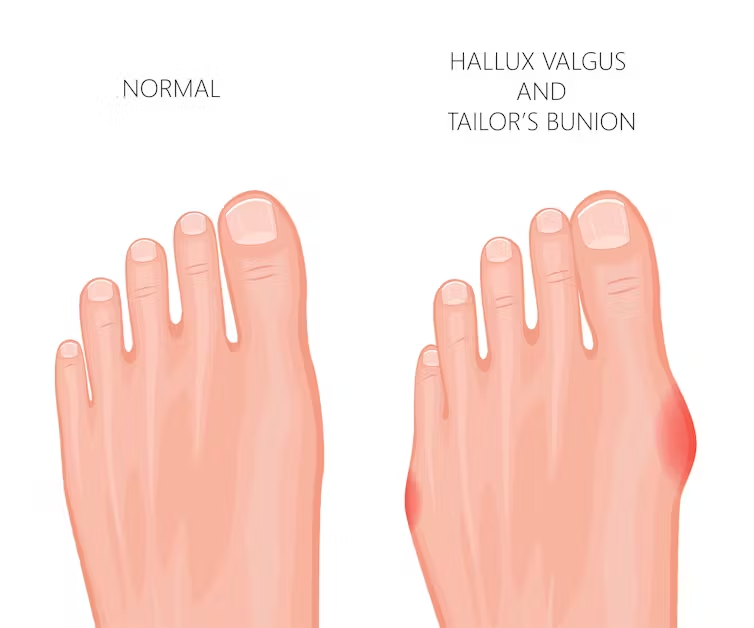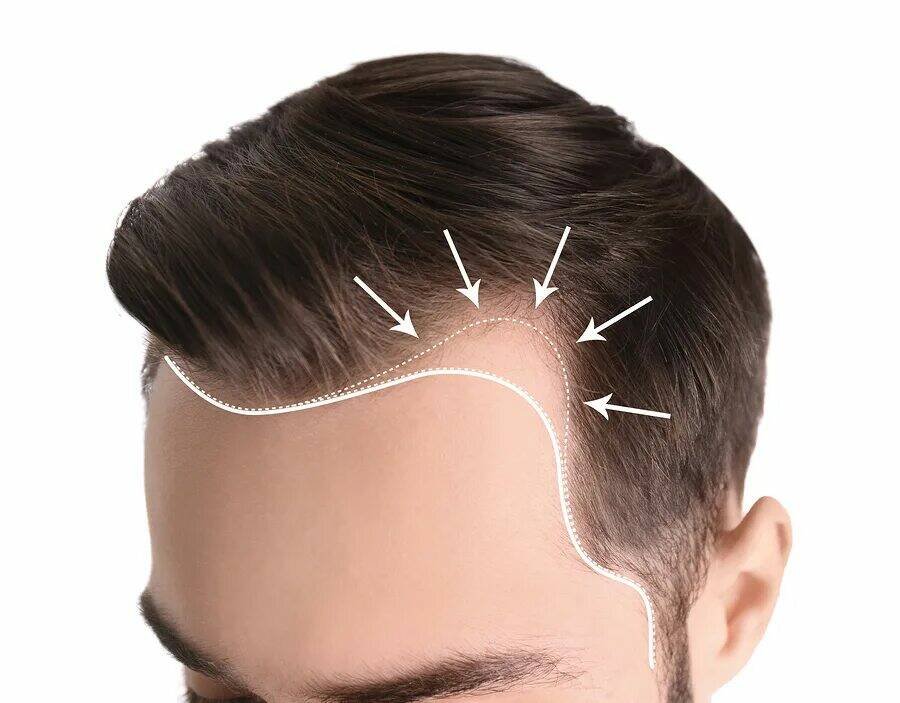Ingrown toenails are a common foot condition that can lead to pain, discomfort, and even infection if left untreated. They occur when the edge of the toenail grows into the surrounding skin, causing redness, swelling, and tenderness. In severe cases, the toenail can become infected, leading to complications. If you’re experiencing symptoms of an ingrown toenail, seeking professional help is essential for effective treatment and relief. In this blog post, we will explore where to find professional help for ingrown toenail treatment and the options available to you.
Understanding Ingrown Toenails
An ingrown toenail is not just a minor nuisance; it can significantly affect your daily activities. The condition often occurs on the big toe and can result from various factors, including improper nail trimming, wearing tight shoes, or an injury to the toe. Symptoms include pain when pressure is applied to the toe, swelling around the nail, and, in some cases, pus or drainage from the area. Understanding these symptoms can help you seek timely treatment.
Why Professional Help is Important
While some people may attempt to treat ingrown toenails at home, professional help is crucial for several reasons:
- Proper Diagnosis: A healthcare professional can accurately diagnose the severity of your ingrown toenail and determine whether it’s infected or requires immediate intervention.
- Safe Removal: Attempting to dig out an ingrown toenail yourself can lead to complications, including infection. Professionals use sterile tools and techniques to minimize the risk.
- Customized Treatment Plans: Every case of an ingrown toenail is different. A podiatrist or foot specialist can create a tailored treatment plan that addresses your specific condition and needs.
- Prevention Strategies: After treatment, healthcare professionals can advise you on how to prevent future ingrown toenails, which can help you avoid recurring issues.
Where to Find Professional Help
1. Podiatrists
Podiatrists are medical professionals specializing in diagnosing and treating foot and ankle disorders. They are your best bet for ingrown toenail treatment. A podiatrist can assess the severity of your condition, perform necessary procedures like nail trimming or partial nail removal, and provide recommendations for aftercare.
Finding a Podiatrist: You can search online for local podiatrists in your area, read reviews from other patients, and check their qualifications. Websites like the American Podiatric Medical Association can help you find certified podiatrists.
2. Family Doctors
If you don’t have a podiatrist, your family doctor can also assist with ingrown toenails. They can provide an initial evaluation and treatment or refer you to a specialist if necessary. Family doctors are equipped to handle minor procedures and can prescribe medications if your ingrown toenail is infected.
Consulting Your Family Doctor: It’s advisable to call your doctor’s office to explain your symptoms. They can provide guidance on whether you need to come in for an appointment or if a telehealth consultation is appropriate.
3. Urgent Care Centers
In cases where immediate care is needed, especially if you suspect an infected ingrown toenail, urgent care centers are a viable option. These facilities offer extended hours and can provide prompt treatment for your condition.
Visiting Urgent Care: When visiting an urgent care center, ensure that they have the necessary tools and expertise to handle foot-related issues. Many centers have qualified staff who can treat ingrown toenails.
4. Foot Clinics and Specialty Centers
In addition to traditional healthcare providers, many cities have clinics dedicated to foot health. These specialty centers often have podiatrists and foot care specialists who focus specifically on conditions like ingrown toenails.
Finding a Specialty Center: A quick online search for foot clinics in your area can yield useful results. Check their services to ensure they treat ingrown toenails and have a good reputation in the community.
5. Online Resources and Telehealth Services
With the rise of telemedicine, it’s easier than ever to consult with a healthcare professional from the comfort of your home. Some podiatrists offer virtual consultations where you can discuss your symptoms and receive advice on treatment options.
Using Telehealth: While telehealth cannot replace physical examinations, it can be an excellent first step in managing your condition. Be sure to have clear photographs of your toenail ready for the consultation.
What to Expect During Your Visit
When you visit a healthcare professional for an ingrown toenail, you can expect the following:
- Medical History Review: The doctor will ask about your symptoms, medical history, and any previous issues with ingrown toenails.
- Physical Examination: They will examine the affected toe to determine the severity of the ingrown toenail and check for signs of infection.
- Treatment Options: Depending on the assessment, the professional may recommend various treatments, including:
- Nail Trimming: They may carefully trim the ingrown nail edge to relieve pressure.
- Partial Nail Removal: If the condition is severe, a portion of the nail may be removed.
- Antibiotics: If an infection is present, they may prescribe antibiotics to treat it.
- Aftercare Instructions: After treatment, you’ll receive guidance on how to care for your toe, including how to keep it clean and when to follow up.
Preventing Ingrown Toenails
Once you have received treatment for your ingrown toenail, consider these tips to prevent future occurrences:
- Proper Nail Care: Always trim your toenails straight across and avoid rounding the corners, which can encourage ingrowth.
- Footwear Choices: Wear shoes that fit well and provide enough space for your toes. Avoid tight shoes that can put pressure on the nails.
- Foot Hygiene: Keep your feet clean and dry to prevent infections. Regularly inspect your toenails for signs of ingrowth.
- Seek Early Intervention: If you notice early signs of an ingrown toenail, such as redness or discomfort, consult a professional immediately. Early treatment can prevent complications.
Conclusion
In summary, seeking professional help for ingrown toenail treatment is crucial for managing this common foot condition effectively. Podiatrists, family doctors, urgent care centers, and specialty foot clinics are all viable options for treatment. If you experience symptoms like pain or signs of infection, do not hesitate to reach out for help. With proper care and preventive measures, you can find relief from ingrown toenails and enjoy healthier feet. If you’re located in the area, don’t hesitate to seek help for your ingrown toenail in Scottsdale, AZ, and get back to your daily activities without pain.



